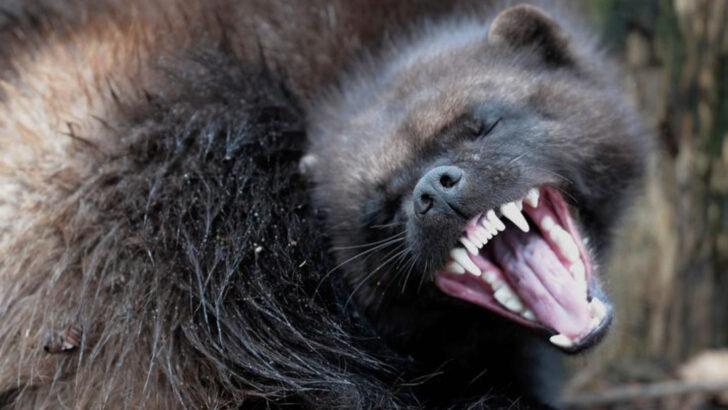Your dog’s curious nature can sometimes get them into trouble—especially when it comes to animals they don’t recognize as a threat. While many creatures are harmless, some can be downright dangerous to your furry friend.
From venomous snakes to aggressive wild animals, there’s a whole list of creatures that pose a risk to your dog. They might not know better, but as a responsible pet owner, it’s your job to protect them from these potential dangers.
Whether they’re exploring the woods or playing in the backyard, your dog is constantly at risk of encountering something that could harm them. The good news? You can keep them safe with the right knowledge.
Let’s take a look at 22 dangerous animals every dog owner should watch out for—and what you can do to keep your canine companion out of harm’s way.
Rattlesnake
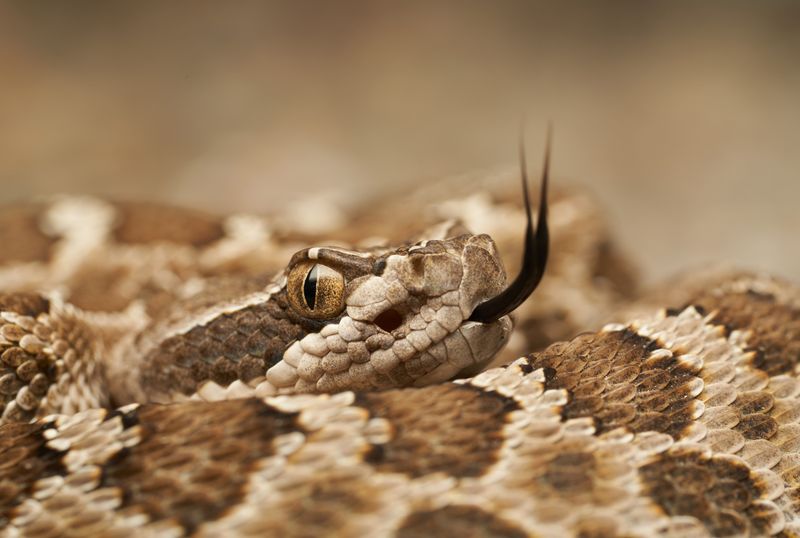
Rattlesnakes are found across various regions, especially in dry, rocky areas. These venomous snakes pose a significant threat to curious dogs that may unknowingly approach them.
If your dog is bitten, it’s vital to seek immediate veterinary care, as the venom can cause severe reactions. Training your dog to avoid snakes can be an effective preventive measure.
Watch out for the distinctive rattle sound, which serves as a warning. Keeping your dog on a leash during hikes can also minimize the risk of encounters.
Coyote
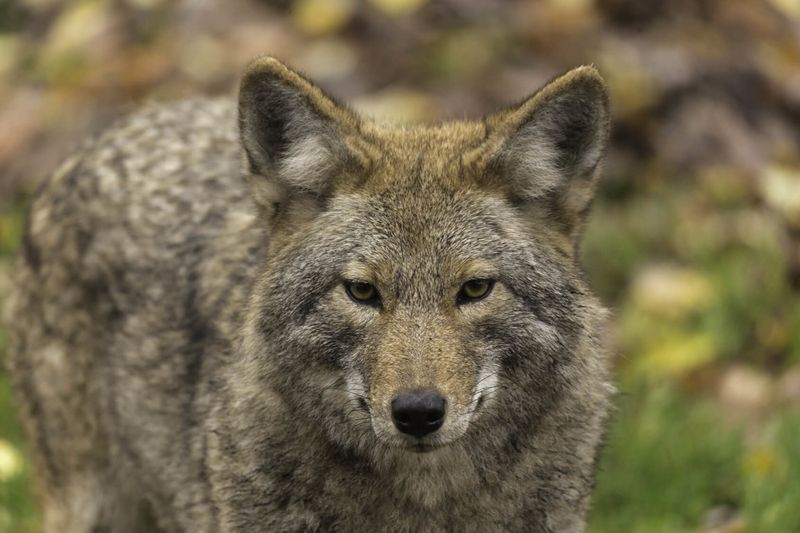
Coyotes are increasingly seen in both rural and suburban areas, making them a common threat. They are opportunistic feeders and may view small dogs as prey.
Keeping your dog on a leash and avoiding walks during dawn and dusk can reduce the likelihood of coyote encounters.
If you spot a coyote, make loud noises to deter it and keep your dog close. Installing motion-activated lights around your yard can also help in keeping them at bay.
Jellyfish

Jellyfish stings can be painful and dangerous for dogs, especially along coastlines during warmer months. Dogs may get curious and try to sniff or bite them.
Always keep an eye on your dog during beach outings and avoid areas with jellyfish warnings. If stung, flush the area with seawater and seek veterinary assistance.
Teaching your dog basic commands such as ‘leave it’ can be beneficial in preventing unwanted interactions with these marine creatures.
Black Widow Spider
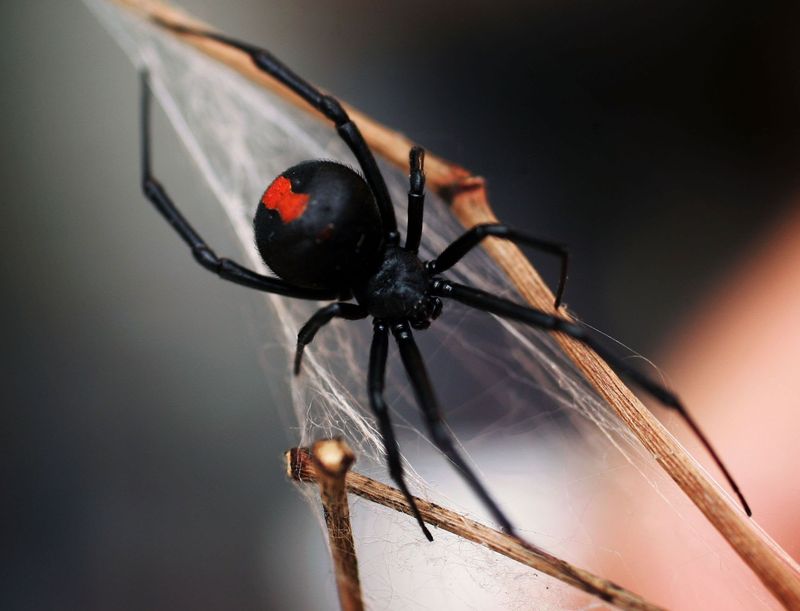
The black widow spider is notorious for its venomous bite, which can be harmful to dogs. Found in dark, undisturbed areas like sheds and garages, these spiders are best left alone.
Regularly inspect and clean these areas to reduce the chances of a spider bite. If bitten, symptoms in dogs may include muscle cramps and tremors.
Immediate veterinary care is necessary if you suspect a black widow bite, as the venom can lead to severe complications.
Scorpion
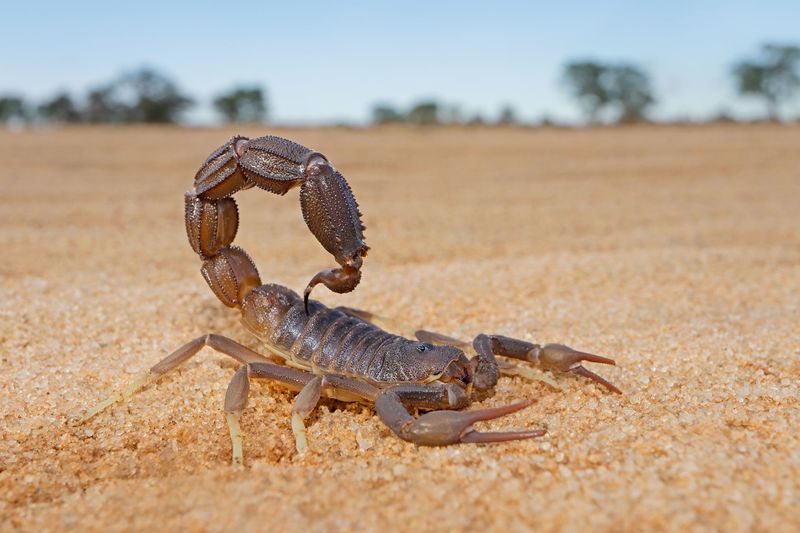
Scorpions are prevalent in desert areas and can pose a threat to dogs with their painful stings. Curious dogs may inadvertently disturb them.
When hiking or walking in desert regions, keep your dog on a leash and avoid letting them sniff or dig around rocks.
If stung, monitor your dog for any adverse reactions such as swelling or difficulty breathing and seek veterinary care promptly. Educate yourself about local scorpion species to better protect your pet.
Killer Bees
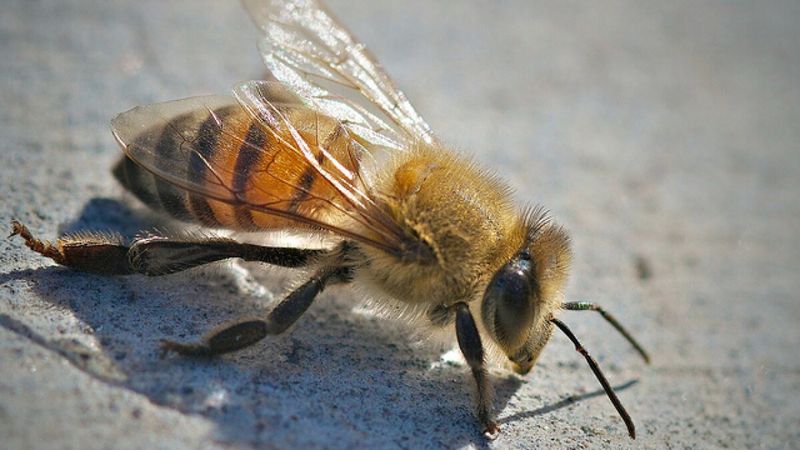
Killer bees, also known as Africanized honey bees, are highly aggressive and can attack in swarms, posing a significant danger to dogs.
They are more defensive than regular bees and can pursue perceived threats over long distances. If you encounter a swarm, quickly move away and seek shelter indoors.
Ensure your dog is not exposed to bee-attracting scents and watch for any signs of bee activity in your area. Swift action is crucial if your dog gets stung multiple times.
Alligator
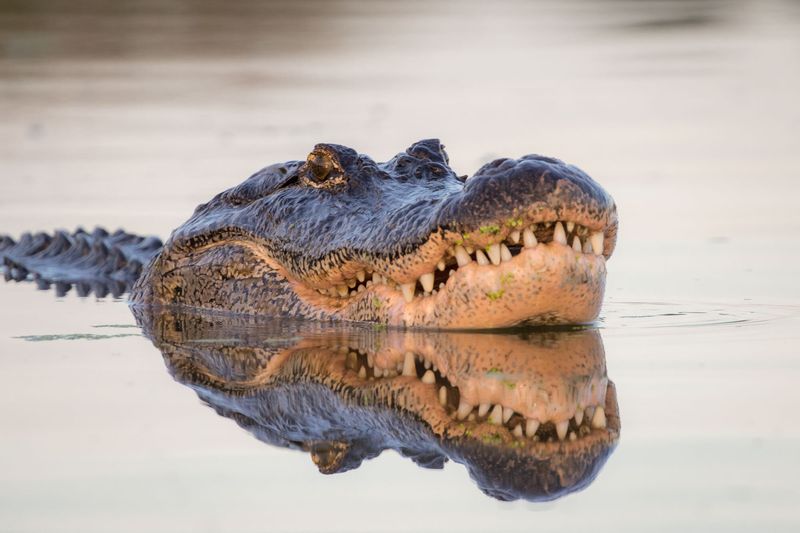
Alligators are a common sight in the southeastern United States, inhabiting freshwater environments. They can be particularly dangerous to dogs that swim or approach water bodies.
Always keep your dog on a leash near lakes or ponds where alligators are known to live. Avoid allowing your dog to swim in unfamiliar waters.
If you spot an alligator, maintain a safe distance and never attempt to approach or feed it. Educating your dog to stay away from water edges can be a lifesaver.
Lionfish
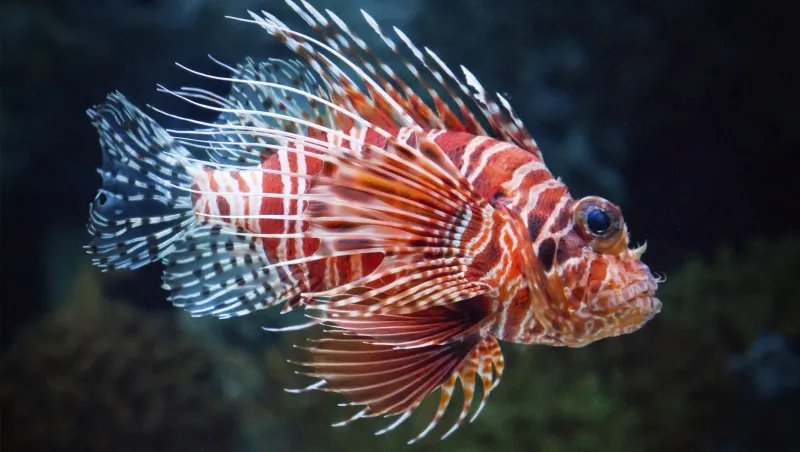
Lionfish are beautiful but venomous fish that can be dangerous to dogs if encountered while swimming in the ocean. Their spines contain venom that can cause pain and swelling.
It’s essential to supervise your dog closely during ocean activities and steer clear of coral reefs where lionfish are commonly found.
If your dog is stung, seek immediate veterinary assistance and immerse the affected area in warm water to alleviate pain. Educating yourself about local marine life can help in prevention.
Porcupine

Porcupines are nocturnal creatures found in wooded areas and can be dangerous to dogs due to their sharp quills. A curious dog may get quilled if it gets too close.
It’s best to keep your dog on a leash during night walks or in areas known for porcupine activity. If your dog gets quilled, do not attempt to remove the quills yourself, as they can cause further injury.
Consult a veterinarian for proper removal and treatment. Training your dog to stay away from these animals is essential.
Moose
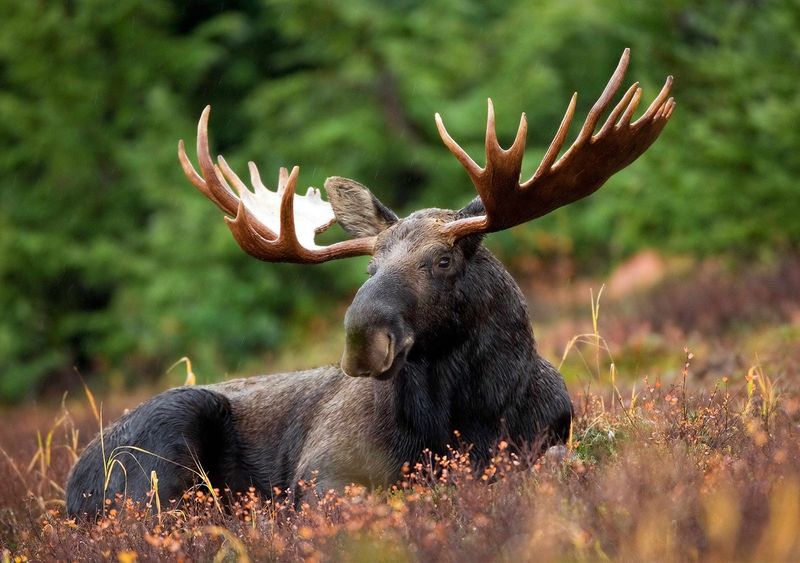
Moose are large and potentially aggressive animals that can pose a risk to dogs, especially in areas where they are common. They may charge if they feel threatened.
Keep your dog on a leash and maintain a safe distance if you spot a moose. Avoid letting your dog bark at or chase these animals.
Moose are particularly dangerous during the mating season and when they have calves. Being aware of your surroundings and respecting moose space can prevent dangerous encounters.
Skunk
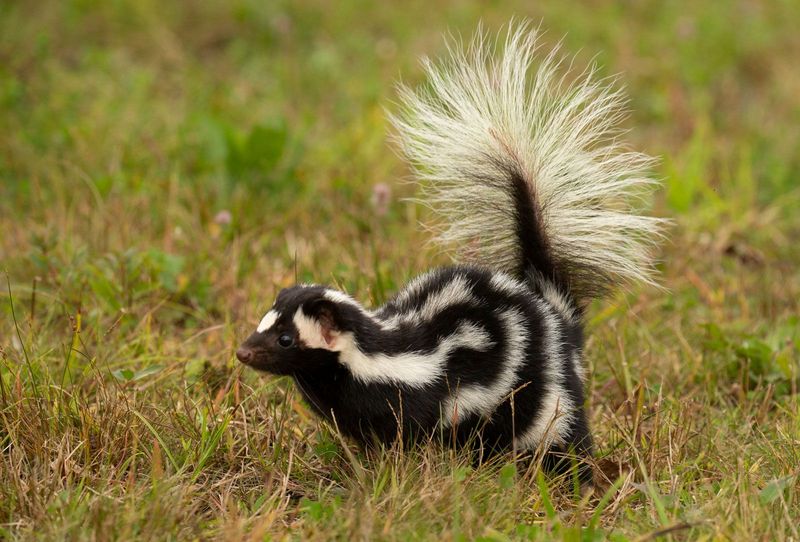
Skunks are known for their pungent spray, which can be distressing to a dog’s eyes and nose. These nocturnal animals are often found in urban and suburban areas.
To avoid skunk encounters, keep your dog on a leash during late evening and early morning walks. If sprayed, a mixture of hydrogen peroxide, baking soda, and dish soap can help neutralize the odor.
Training your dog to steer clear of skunks and other wildlife can minimize unpleasant experiences. Being cautious around trash cans and open spaces is also advisable.
Gila Monster
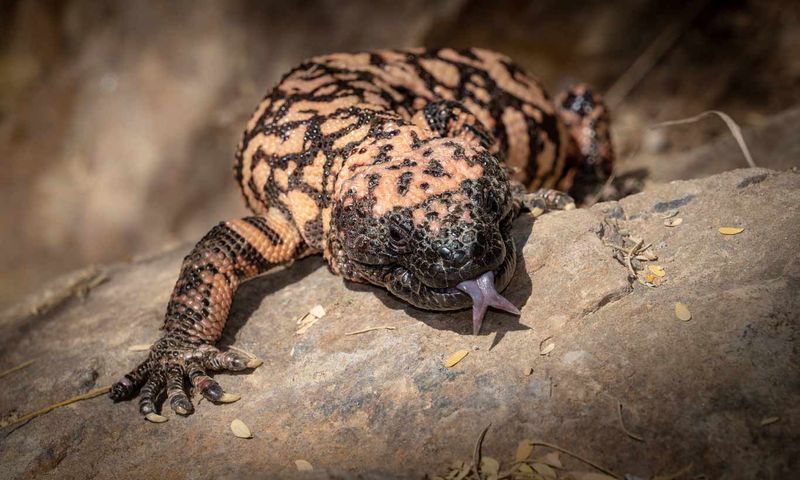
Gila monsters are venomous lizards found in the southwestern United States. Although they move slowly, their bite can be dangerous to dogs.
When hiking in areas where Gila monsters are native, keep your dog leashed and away from rocky and bushy areas. If bitten, symptoms in dogs may include swelling and pain, requiring immediate veterinary attention.
Educating yourself and your dog about the presence of these lizards can help in avoiding encounters. Monitoring your dog’s curiosity, especially in unfamiliar territories, is crucial.
Box Jellyfish

The box jellyfish is infamous for its potent sting, which can be extremely painful and even fatal to dogs. Found in the waters of the Indo-Pacific region, they pose a serious threat during beach outings.
Always pay attention to local warnings and avoid swimming in waters where box jellyfish are common. Immediate action is necessary if stung, including rinsing with vinegar and seeking veterinary care.
Ensuring your dog is well-supervised during ocean activities can help in preventing such encounters. Knowledge about marine life is vital for safety.
Brown Recluse Spider
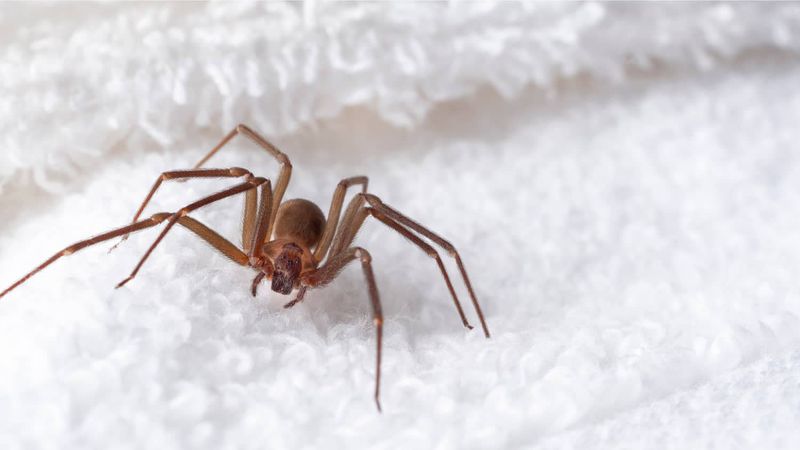
The brown recluse spider is shy but can deliver a venomous bite when provoked, often hiding in undisturbed areas like closets and basements.
Regular cleaning and vigilance can reduce the risk of bites to dogs in these environments. Symptoms in dogs may include lesions and fever, necessitating veterinary attention.
Educating your dog to avoid dark, cluttered areas can prevent unwanted spider encounters. Awareness and cleanliness play key roles in minimizing risks associated with these spiders.
Tiger

Tigers, though majestic, are powerful predators that can pose a threat to dogs if they wander into their territory. Found in the wild in Asia, their presence near human settlements is rare but possible.
Keeping your dog close and avoiding areas known for tiger activity is essential. If traveling to regions where tigers are present, always adhere to local wildlife advisories.
Educating yourself about wildlife behaviors and maintaining respectful distances ensures safety for both dogs and these magnificent beasts. Responsible pet ownership includes understanding such potential dangers.
Elephant
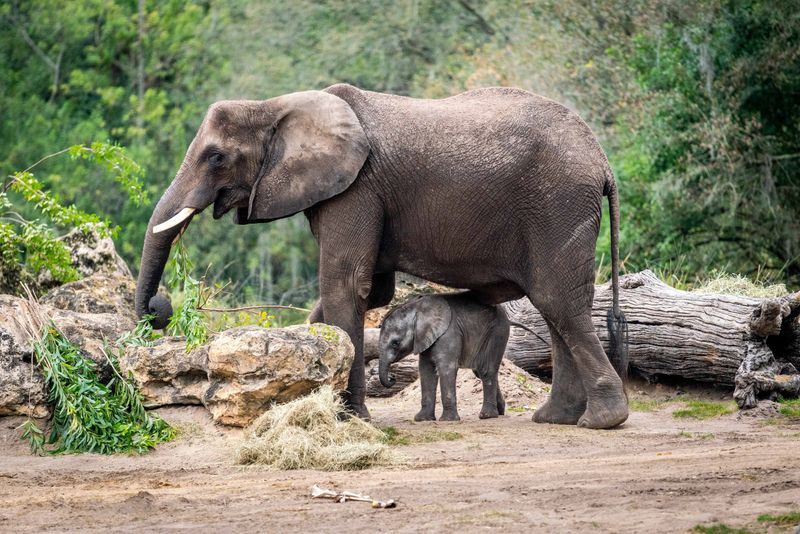
Elephants are usually peaceful, but they can become aggressive if they feel threatened or are protecting their young. Found in Africa and Asia, their size alone can be intimidating to dogs.
When traveling to regions where elephants roam, ensure your dog remains close and avoid any interaction with these giants. Respecting their space is crucial.
Observing from a safe distance and understanding elephant behavior can prevent dangerous situations. An encounter with an elephant requires caution and awareness to ensure everyone’s safety.
Wolverine
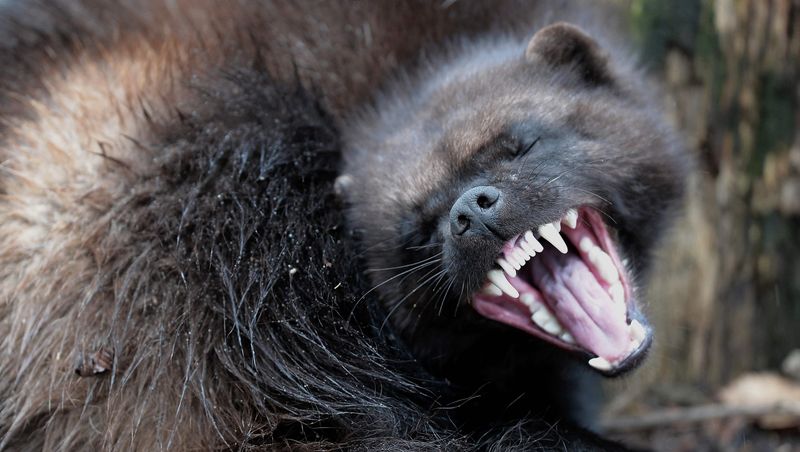
Wolverines are fierce and territorial animals found in remote forested and mountainous regions. Though encounters are rare, they can be aggressive if disturbed.
If hiking in areas where wolverines are present, keep your dog leashed and remain aware of your surroundings. Training your dog to respond to commands can prevent unnecessary confrontations.
Wolverines are solitary and prefer to avoid humans and dogs. Awareness and respect for their habitat can minimize the risk of encounters. Knowledge is key to ensuring the safety of both pets and wildlife.
Stingray

Stingrays are predominantly found in shallow coastal waters and their barbed tails can pose a danger to dogs that swim too close.
During beach visits, ensure your dog avoids shallow waters where stingrays might be resting. If stung, immerse the area in hot water and seek veterinary assistance.
Educating your dog to stay near you while swimming can help avoid these creatures. Awareness of your beach environment and the potential presence of stingrays ensures a safer experience for your canine friend.
Hyena

Hyenas are opportunistic predators, mostly found in Africa, and can pose a threat to dogs if they wander into their territory.
If traveling to regions inhabited by hyenas, keep your dog leashed and avoid areas where these animals are active, especially at night.
Understanding local wildlife patterns and maintaining a respectful distance from hyenas ensures the safety of both pets and wildlife. Responsible pet ownership includes being aware of such potential dangers and taking measures to prevent encounters.
Crocodile
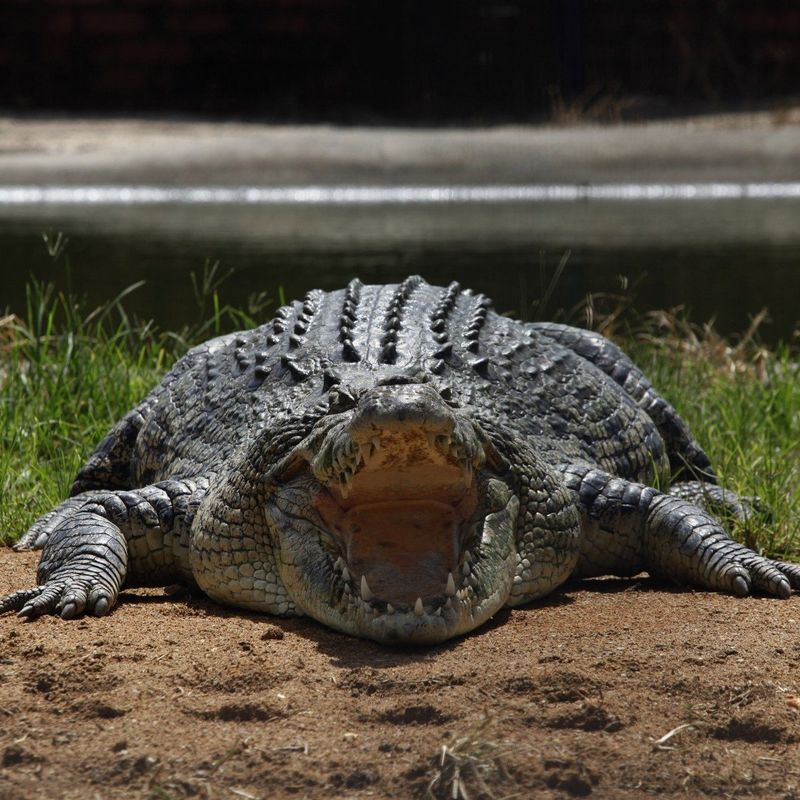
Crocodiles are apex predators found in freshwater habitats in Africa, Asia, and Australia, and can be a serious threat to dogs.
Always keep your dog on a leash near water bodies known to have crocodiles and avoid letting them swim in these areas.
Being vigilant and respecting crocodile territory is essential. If you spot a crocodile, maintain a safe distance and educate your dog to stay clear of the water’s edge. Understanding the presence and habits of crocodiles ensures a safer environment for your pet.
Komodo Dragon
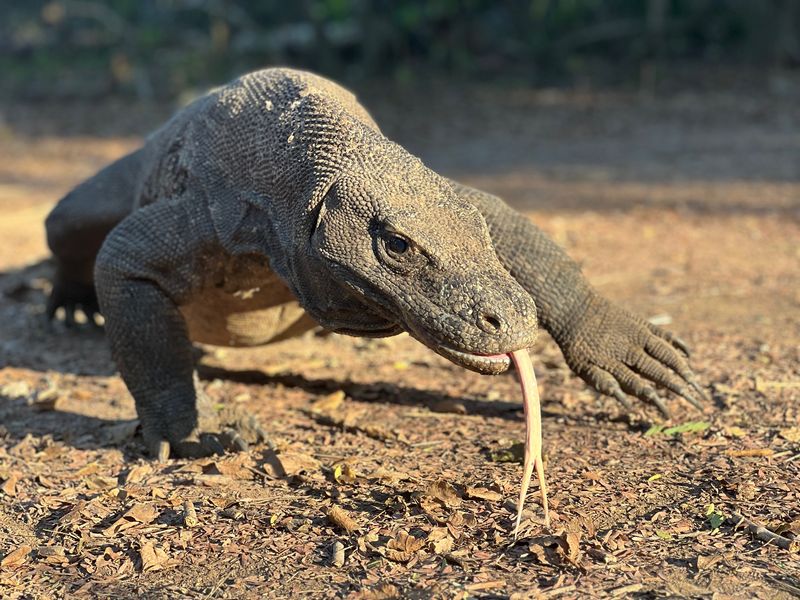
Komodo dragons, found on the Indonesian islands, are formidable predators with a venomous bite that can pose a threat to dogs.
If visiting areas where they are native, ensure your dog is always supervised and kept at a safe distance. These reptiles can be unpredictable and dangerous.
Respecting their territory and understanding their behavior can prevent dangerous interactions. Being informed about local wildlife and maintaining vigilance ensures safety for both pets and these ancient creatures.
Mountain Lion
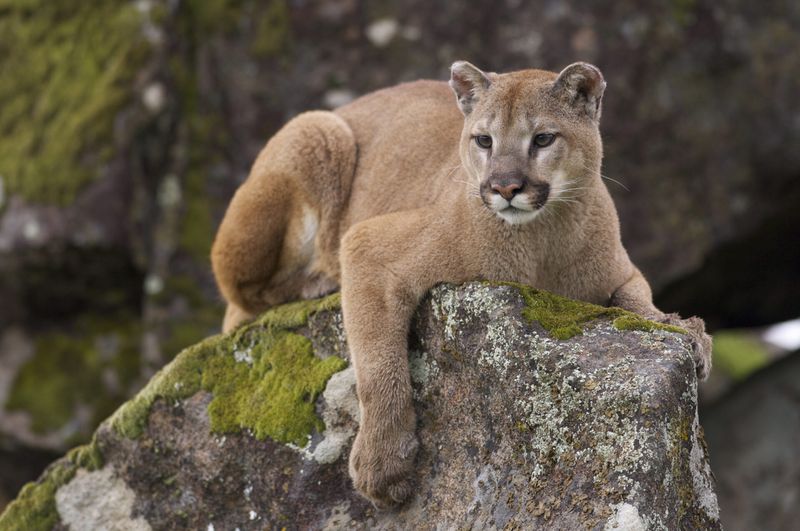
Mountain lions, also known as cougars, are powerful predators found in mountainous regions and can pose a threat to dogs.
While encounters are rare, it’s crucial to keep your dog close and be aware of your surroundings when hiking in areas known for mountain lion activity.
Educate yourself about their behaviors and avoid areas where they have been recently sighted. Training your dog to stick by your side can also help in preventing unwanted encounters.
Being prepared and vigilant ensures a safer outdoor experience for your dog.

